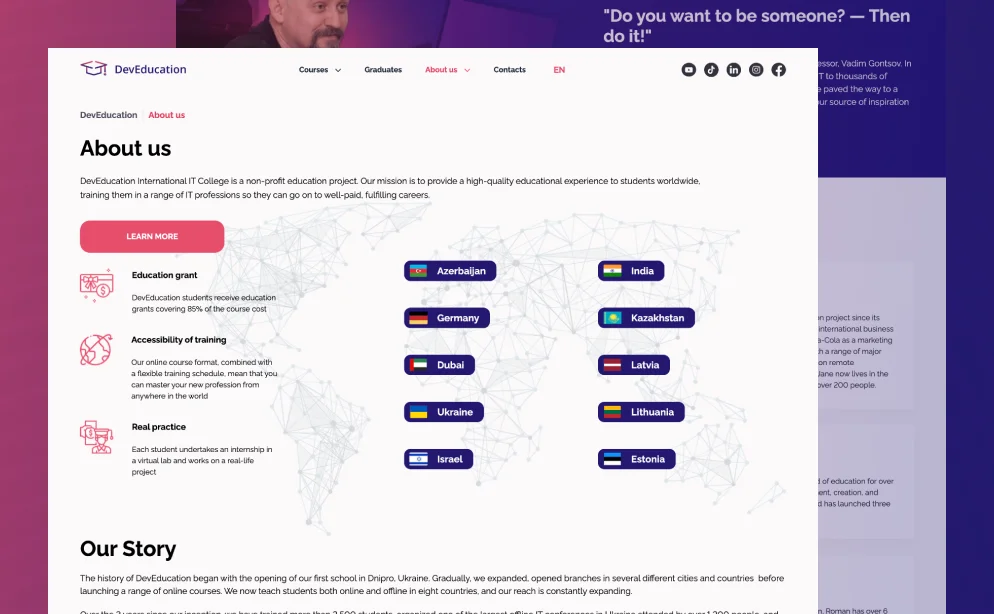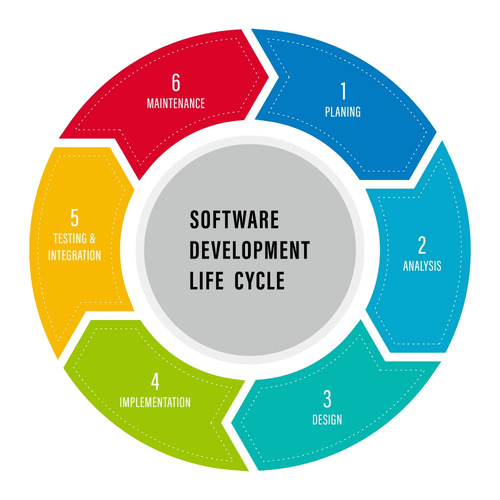In this article we’ve covered in house development vs outstaffing discussion, so now you should have an idea of how you can use a remote provider to your benefit. Choosing the right outsourcing partner for your project is 60% of success. Because outsourcing your project means remote work, you need to make sure your partners are reliable, professional, and honest. A good practice is to make a list of all outsourcing companies that specialize in developing the software you need. You can shortlist vendors by searching for them in Google, asking your business partners for recommendations, or researching the listings of software developers such as Clutch.
The extension was developed by Chris Pederick, who has also authored the User Agent Switcher extension. Since the employee does not work for you, you do not need to form his personal file, make out various certificates, sick leave, take it into account when submitting statistical reports and so on. In this way, the workload of the HR Department is considerably reduced . Skilled in professional and accurate optimization of database queries.
Outstaff Asp.Net Developer
Experience what it’s like to get your projects done better, faster and cheaper than ever before. We’re experts in matching permanent and temporary Web Developer’s to the companies that need them most, ensuring you get the most suitable and experienced people for the job. The client had enough time to concentrate on the company’s growth and had an opportunity to cooperate with the top engineers. Development and SEO optimisation of websites, content preparation.
The main difference between outsourcing and outstaffing in software development lies in the management, control, and responsibility peculiarities. In outsourcing, the hired tech team is the only team that’s involved in the development process from A to Z and is responsible for the resources, management, and end result. A dedicated offshore team consists of two or more high-quality developers involved in the development of a particular part of the project.
No Actual Communication is Required
Different management practices can bring copious problems to the table. Still, it feels like this problem can be easily avoided by a fruitful discussion you can have with your vendor at the very beginning of cooperation. We’ve picked a .NET developer and some time later the team grew up to 10 persons hired by us, including a team leader, a project manager, and a system administrator. We’ve completely taken up the burdens of documents management, hiring & recruitment processes, and office management of the client’s shoulders.
- You’re assigned an account representative from the beginning — someone who is with you from beginning to end.
- And there are pros and cons to be considered talking about outstaffing vs outsourcing, too.
- No matter if it’s a project manager, a software developer or a QA engineer, we will find the most suitable candidate for you.
- I believe the vendors that are efficient with your time and money are so because they focus on a specific vertical — like fintech or mobile games — and have expertise in one or two languages.
- Make sure all of the NDA and other contracts are agreed upon and signed by both parties.
Submit your details and one of our friendly staff will be happy to answer any questions you may have. Project management including initiation, planning, execution, monitoring and closure on the one hand, but the other hand adept at transparency and flexible Agile principles. You can thus save on your own personnel system and avoid unnecessary paperwork for highly specialized tasks in your business.
Service quality and experience
This type of employment is special because a company outstaffs a certain part of its legally registered employees to fulfill their duties and execute the tasks set by the customer company. Probably the most popular hiring model among big companies is outsourcing. In a nutshell, the company still gives a task to a third-party member, but they work with the project for a longer period of time.

This is the key to avoiding important miscommunications. At ProCoders, all of our developers are language tested as we do not hire anyone who does not speak English. If a specialist is technically very good, but their English level is not high enough, how to hire a net developer we hire them, but before putting him on a project, we provide them with English language courses. However, if you are considering outsourcing, you’ll need to ask yourself different questions. Do you have the extra budget outsourcing will require?
Advantages and Disadvantages of Outsourcing
Miscommunication is easy if the way companies work is too different. Providing strategic guidance with regards to technology, infrastructures and enabling major business processes changes through enhancements to IT. The individuals are capable of definition of principles, ROI , services, standards, guidelines and solutions for an IT-Platform or portfolio. Look for providers that focus on both a vertical and a software language. I believe the vendors that are efficient with your time and money are so because they focus on a specific vertical — like fintech or mobile games — and have expertise in one or two languages.

This can help with productivity and communication among employees while also providing better customer service since everyone is working together towards a common goal. If you’re on the fence about your ability to outsource vs outstaff, ProCoders can help you choose the information technology outsourcing https://www.globalcloudteam.com/ services. We can work with your team as an outsourced or outstaffed resource. We’d love to talk to you about your needs today and create a proposal specifically for your business needs. You have daily control over the development process. The decision to outsource vs. outstaff often comes down to this.
Communication
Other firms automate talent matching, oversight and even billing. You’re assigned an account representative from the beginning — someone who is with you from beginning to end. They’ll make sure no milestone goes unmet, and no quality assurance issue goes unresolved. Once you’ve interviewed and approved your team members, we integrate fully into your internal project management systems.

Flexibility, efficiency, and individual approach to each customer are the basic principles we are guided by in our work. When most of the items from the above list are true for your company, you can safely implement this model in your work. Cloud integration service potential is a topic of extensive discussion today. A staggering 90% of modern companies from various fields, including b…
Why is Node.js so popular?
If you need more staff but can’t afford to hire them into your organization, outstaff development is the next best thing. They coordinate resources between all the IT talent working on your project, from your internal staff to their outsourced team. They manage schedules, quality assurance, deliverables, and communication. An outstaffing model in software development is a progressive response to a business request when it needs to solve narrow technical tasks, quickly expand the team, and address several other issues.












